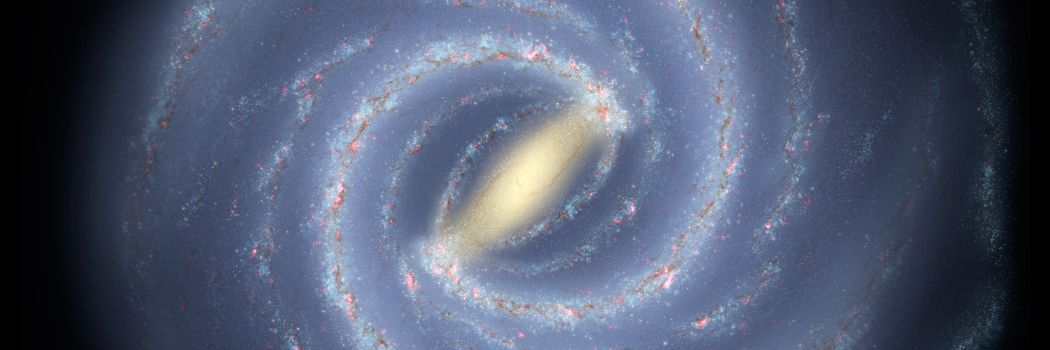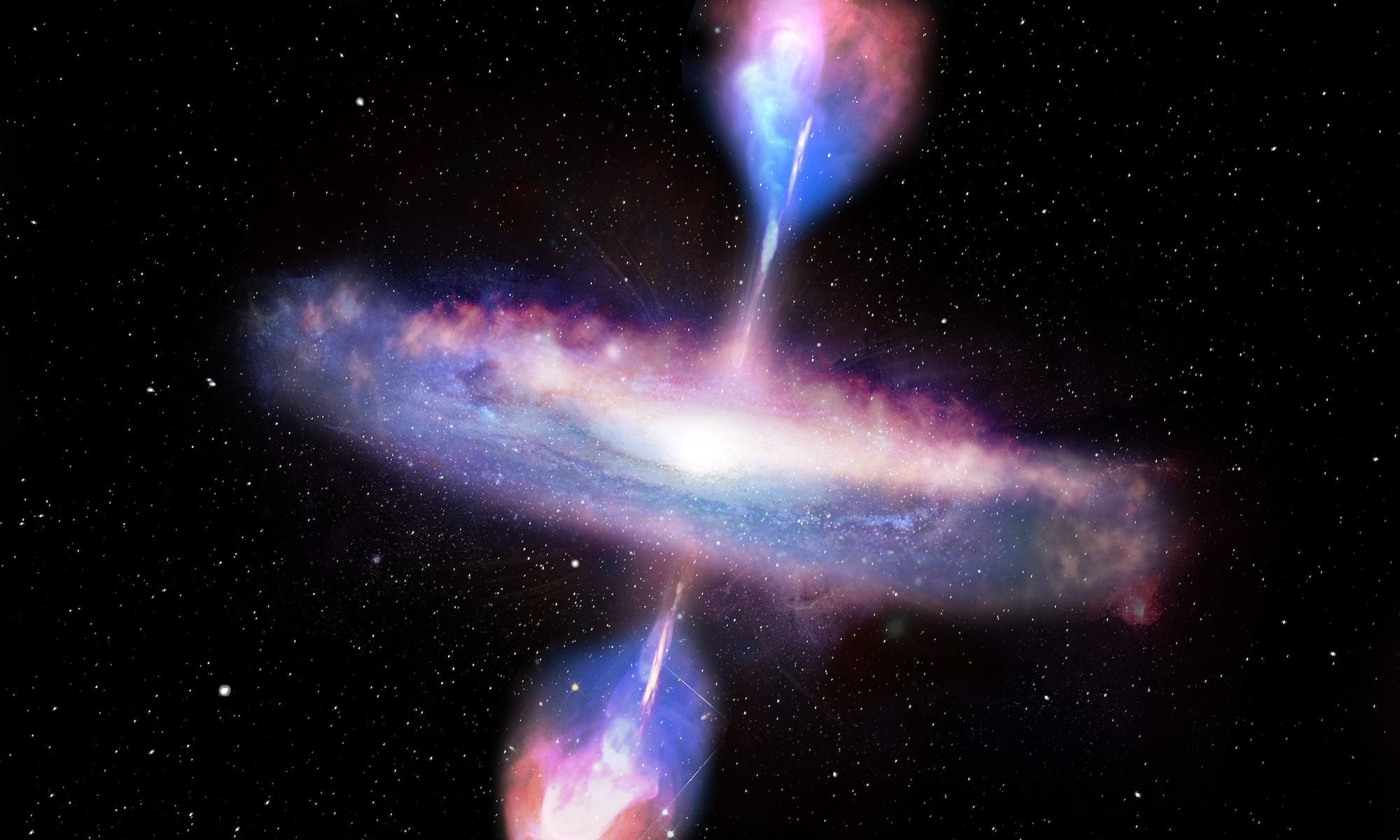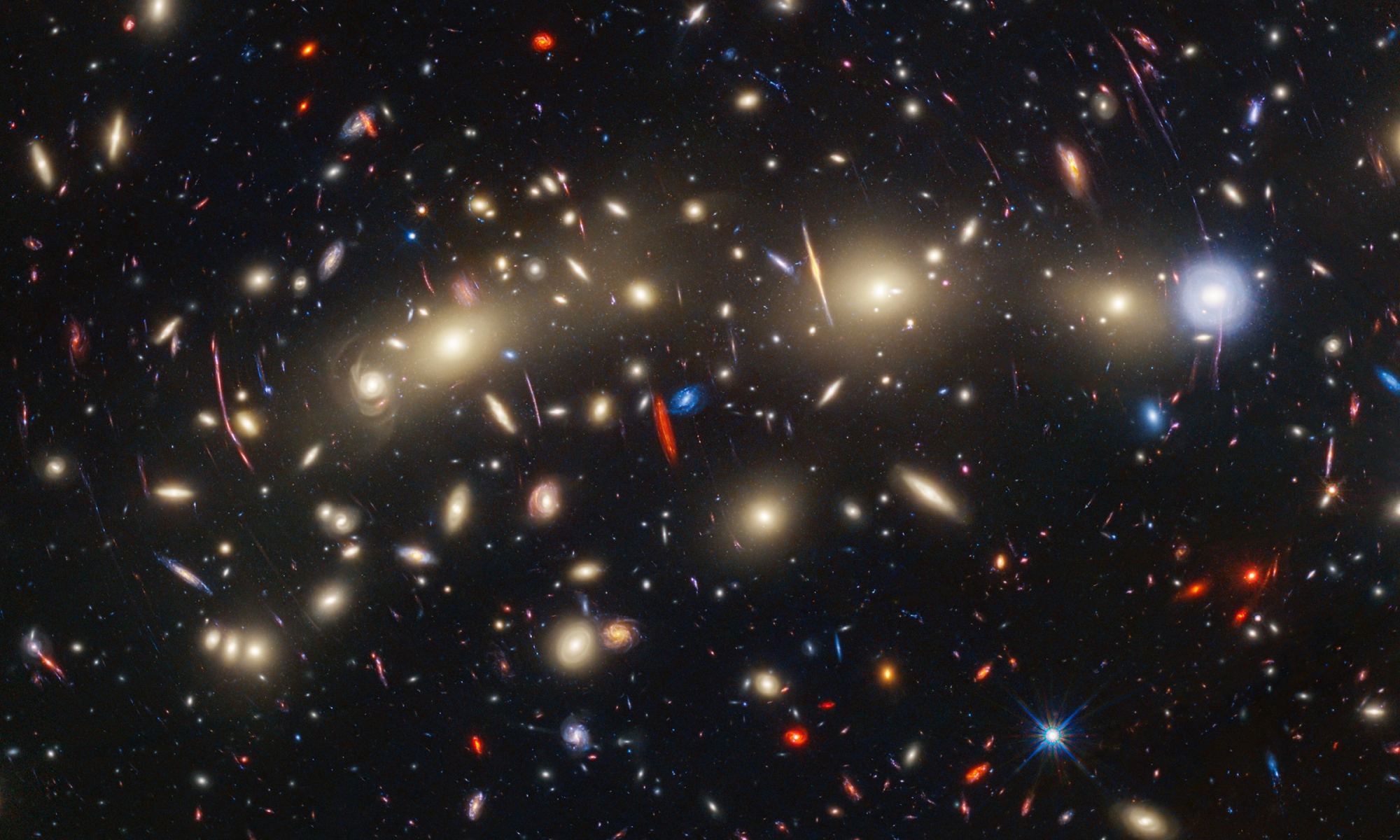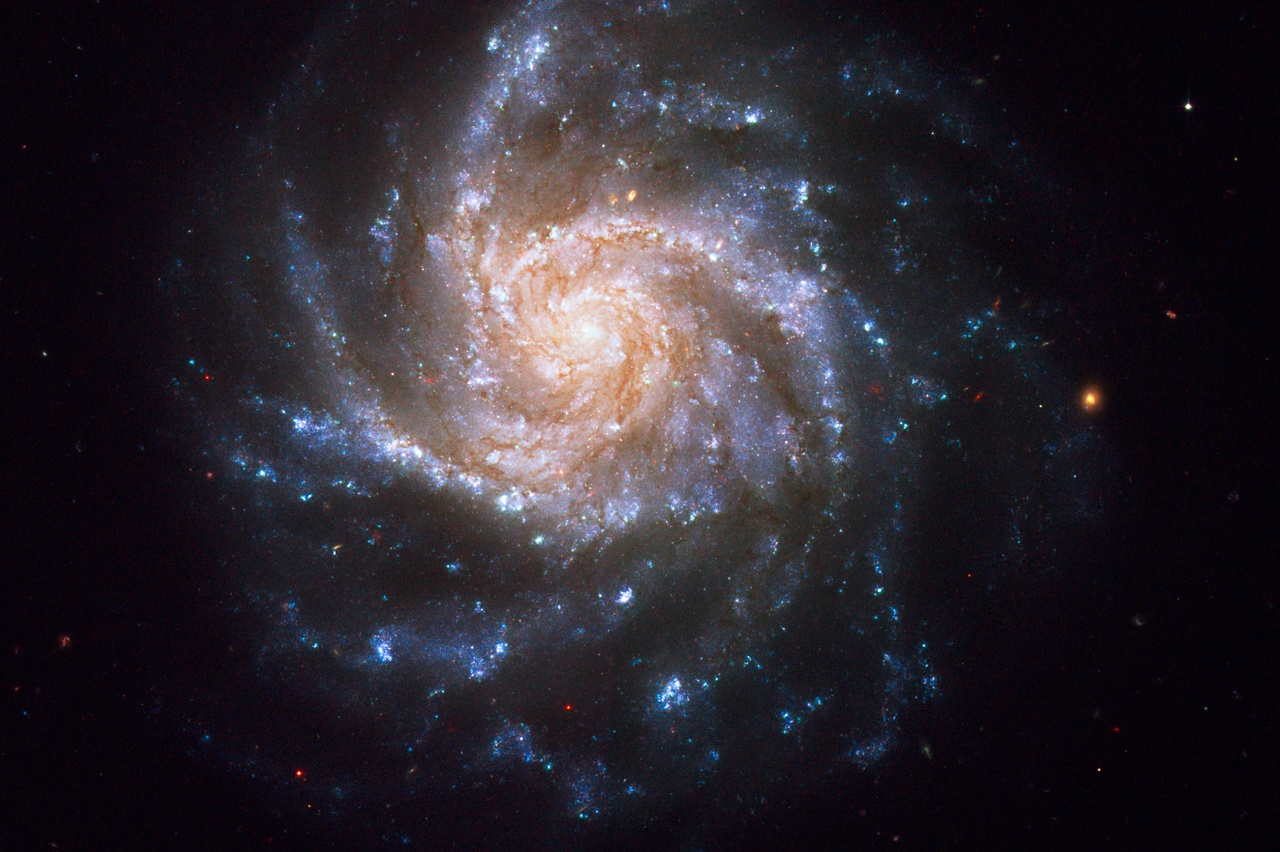One powerful way to study the galaxies is to study individual stars. By looking at the ages, types, and distribution of stars in the Milky Way, we’ve captured a detailed snapshot of how our galaxy formed and evolved. The only problem with this approach is that we can only do this for a handful of galaxies. Even with the most powerful telescopes, we can only see individual stars in the Milky Way and nearby galaxies such as Andromeda. For galaxies billions of light years away, individual stars blur together, and the best we can do is observe the overall spectra of galaxies, not individual stars. But thanks to a chance alignment, we can now observe dozens of stars in a galaxy so distant we see it at a time when the Universe was half its present age.
Continue reading “A Dragon Reveals Individual Stars From A Time When the Universe Was Half Its Present Age”A Dragon Reveals Individual Stars From A Time When the Universe Was Half Its Present Age










